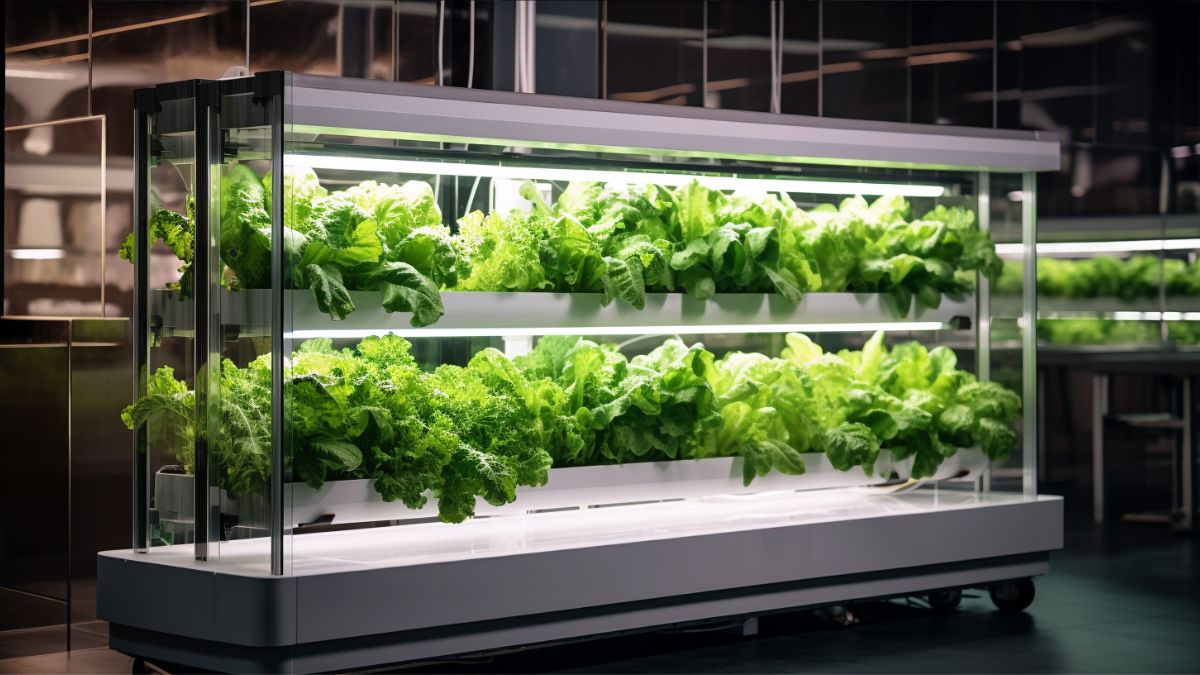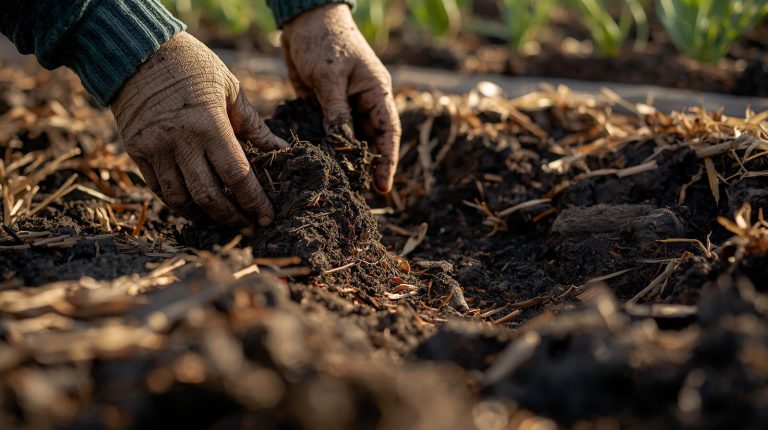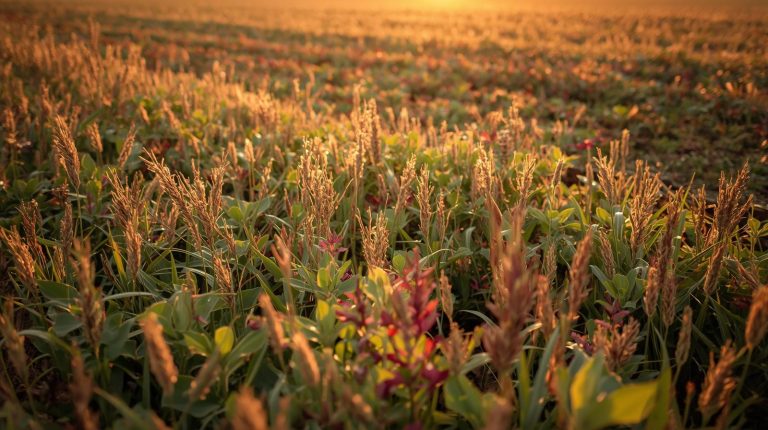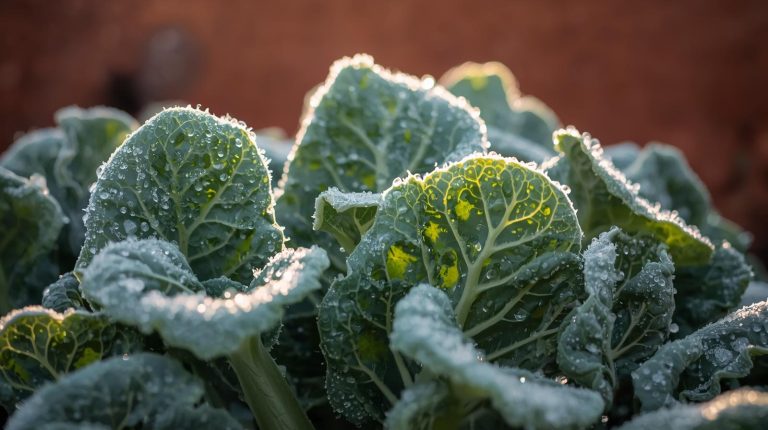Looking to unlock the secrets of modern gardening? Hydroponic gardening is the way to go! With this soilless method, you’ll have better control over plant growth and yields, all while saving water and space. Plus, you can garden year-round.
But before you dive in, there are a few things to consider. Choose plants suitable for hydroponics, select the right system, and monitor water, environment, and plants closely. Starting indoors is a smart move for beginners.
Get ready to join the hydroponic gardening community and reap the rewards of this innovative technique.
Benefits of Hydroponic Gardening
Hydroponic gardening offers high yields and requires limited water and space, making it an efficient and sustainable method of growing plants.
When compared to traditional gardening, hydroponics has several advantages. Firstly, hydroponic gardens do not rely on soil, allowing them to be cultivated indoors, which is ideal for those with limited space.
Secondly, hydroponic gardens require significantly less water, making them a more sustainable choice. Additionally, hydroponic gardens can be grown under special grow lights, ensuring optimal plant growth even in areas with limited sunlight.
Another benefit of hydroponic gardening is the absence of weeds and fewer pests and diseases, reducing the need for chemical pesticides.
Overall, hydroponic gardening offers a more efficient and sustainable way to maximize plant growth while minimizing resource usage.
Differing Hydroponic Methods
When choosing a hydroponic method, you should consider factors like deep-water submersion, drip, or ebb-and-flow for your garden. Each of these hydroponic system types has its advantages and considerations.
- Deep-water submersion, also known as the water culture system, involves suspending the plants’ roots in a nutrient-rich water solution.
- Drip systems, on the other hand, deliver a controlled amount of nutrient solution directly to the plant’s roots through small tubes.
- Ebb-and-flow systems alternate between flooding the plant roots with nutrient solution and draining it away.
Whichever system you choose, nutrient solution management is crucial for optimizing plant growth. You need to ensure that the solution contains the right balance of nutrients and maintain a proper pH level.
Related Article: Aquaponics Made Easy: Building Your Own Sustainable Ecosystem at Home.
Components of a Hydroponic System
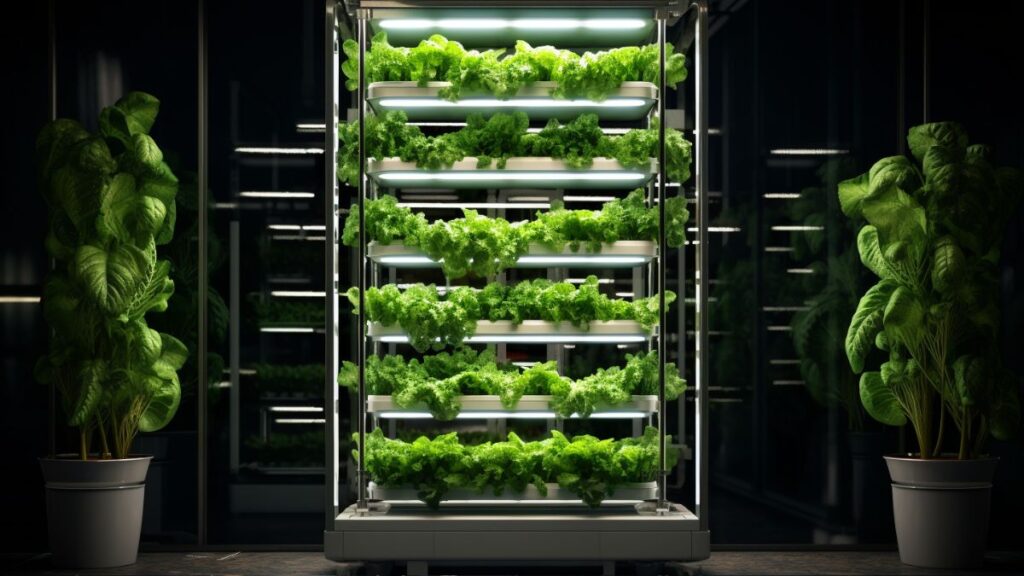
To set up your hydroponic system, you’ll need essential components such as a reservoir, growing medium, nutrient solution, water pump, and air pump.
The reservoir holds the nutrient solution, which provides all the necessary minerals for plant growth. Nutrient solution management is crucial to ensure the plants receive the right balance of nutrients. You’ll need to monitor and adjust the solution’s pH level regularly to maintain optimal plant health.
The growing medium serves as a support system for the plants and helps retain moisture. The water pump circulates the nutrient solution through the system, ensuring it reaches the plant roots. The air pump supplies oxygen to the plant roots, preventing root rot and promoting healthy growth.
Advantages and Disadvantages of Hydroponic Gardening
One advantage of hydroponic gardening is the potential for high yields and record-breaking harvests. In hydroponic systems, plants receive a concentrated solution of water and nutrients, allowing for maximum absorption. This, combined with the controlled environment and year-round gardening, can result in abundant harvests.
However, there are also some disadvantages to consider. Initial setup costs can be high, and not all plants thrive in hydroponic systems. There is a learning curve to understand the system, nutrient requirements, and maintenance, and mistakes can quickly lead to crop loss.
To maximize yields and minimize common mistakes, it is important to choose plants that are suitable for hydroponic methods, research specific nutrient requirements, and closely monitor water, environment, and plants. With careful attention and knowledge, hydroponic gardening can be a rewarding and efficient way to grow plants.

Plant Selection for Hydroponic Gardening
Choose plants that are suitable for hydroponic gardening by considering their nutrient requirements and growth habits.
When selecting plants for your hydroponic garden, it is important to pay attention to their pH management, temperature control, and pest prevention needs.
pH management is crucial in hydroponics, as it affects nutrient availability and plant health. Regularly monitor and adjust the pH of your nutrient solution to ensure optimal growth.
Temperature control is also essential, as different plants thrive at different temperatures. Maintain a consistent temperature in your hydroponic system to promote healthy growth.
Lastly, pest prevention is vital to protect your plants from infestations. Implement integrated pest management techniques, such as regular monitoring, biological controls, and proper sanitation, to keep pests at bay.
Related Article: How to Grow Vegetables in an Aquaponics System.
Watering and Nutrient Solutions in Hydroponics
Now that you have selected the plants for your hydroponic garden, let’s talk about watering and nutrient solutions. In hydroponics, water quality and nutrient ratios are crucial for successful plant growth.
Maintaining the right pH control is essential as it affects nutrient availability to the plants. The ideal pH range for most hydroponic crops is between 5.5 and 6.5. Regular monitoring of pH levels is necessary to ensure optimal nutrient uptake by the plants.
Nutrient solutions should be mixed according to the specific needs of your chosen plants. Different crops require different nutrient ratios, so it’s important to follow guidelines or consult experts.
Water quality is also vital in hydroponics. Using filtered or purified water helps prevent the buildup of contaminants that can harm your plants.
Lighting Considerations for Hydroponic Gardening
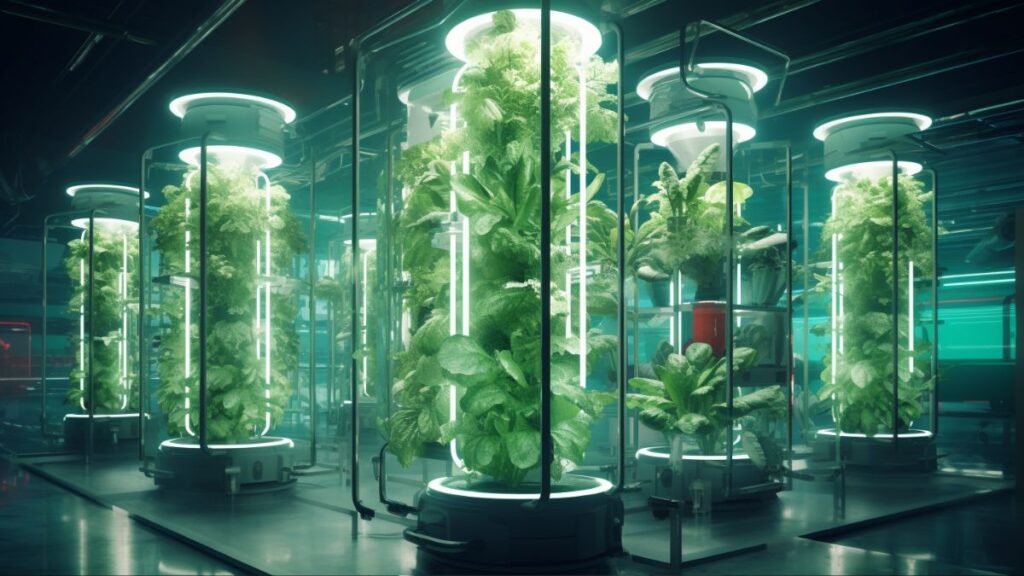
When setting up your hydroponic garden, it’s important to consider the lighting requirements for your plants. The type of lighting you choose can have a significant impact on plant growth and overall yield.
LED and fluorescent lighting are two common options for hydroponic gardens. LED lights are energy-efficient, produce less heat, and have a longer lifespan. They also offer a wider spectrum of light, which is beneficial for plant growth.
Fluorescent lights, on the other hand, are more affordable and can be used for seedlings and smaller plants. When it comes to the light spectrum, plants require a combination of blue and red light for optimal growth.
Light intensity and duration are also crucial factors. Generally, plants need 14-16 hours of light per day during the vegetative stage and 12-14 hours during the flowering stage. Adjusting the light intensity and duration can help promote healthy growth and maximize yields in your hydroponic garden.
Indoor Versus Outdoor Hydroponic Gardens
For optimal control over your hydroponic garden, consider starting with an indoor setup to easily manage the environment and ensure successful growth.
Indoor hydroponics provide you with the ability to closely monitor and adjust key factors such as temperature, humidity, and lighting. This level of control allows for optimal plant growth and higher yields.
Additionally, indoor hydroponic systems require less maintenance compared to outdoor gardens. With an indoor setup, you can avoid issues such as pests, diseases, and extreme weather conditions that can negatively impact your plants.
However, it is important to note that indoor hydroponic gardens do require regular maintenance, including checking and adjusting nutrient levels, monitoring pH levels, and ensuring proper water circulation.
Tips for Starting a Hydroponic Garden
If you’re considering starting a hydroponic garden, it’s important to choose plants that are suitable for this method and research their specific nutrient solution requirements.
When setting up your hydroponic garden, you’ll need to decide on the type of hydroponic system that best suits your needs. Options include deep-water submersion, drip, or ebb-and-flow systems.
Once you’ve chosen your plants and system, it’s crucial to understand their nutrient needs. Different plants require different nutrient solutions, so research their specific requirements to ensure optimal growth. Leafy greens, tomatoes, cucumbers, and herbs are popular choices for hydroponic gardens.
Additionally, monitor your water, environment, and plants closely in the initial weeks to familiarize yourself with the system and ensure the best results. Remember, starting with an indoor hydroponic setup can provide easier control, especially for beginners.
Related Post: Aquaponics Fish Tank: How To Get The Right And Perfect Design.
Troubleshooting Hydroponic Systems
To troubleshoot your hydroponic system, check for any equipment failures or mistakes that could potentially lead to crop loss. Common troubleshooting issues in hydroponic systems include pH imbalances and nutrient deficiencies. Here are some solutions to these problems:
| Common Issues | Solutions |
|---|---|
| pH Imbalance | Test the pH level of your nutrient solution regularly and adjust it as needed using pH up or pH down solutions. Maintain a pH range of 5.5 to 6.5 for most plants. Flush the system with clean water if the pH is too high or low. |
| Nutrient Deficiencies | Monitor the appearance of your plants for any signs of nutrient deficiencies. Adjust the nutrient solution to provide the necessary nutrients. Refer to a nutrient deficiency chart to identify the specific nutrient lacking and supplement accordingly. |

Frequently Asked Questions
How Much Does It Cost to Set up a Hydroponic Garden?
Setting up a hydroponic garden can vary in cost depending on factors like the size and complexity of the system. Equipment, such as grow lights, pumps, and nutrient solutions, along with maintenance expenses, are necessary considerations for your cost breakdown.
Can Hydroponic Gardening Be Done on a Small Scale, Like in an Apartment?
Yes, hydroponic gardening can be done on a small scale, like in an apartment. Vertical hydroponic setups are ideal for limited spaces. They offer benefits such as year-round gardening, high yields, and complete control over the environment.
Are There Any Specific Plant Varieties That Are Not Suitable for Hydroponic Gardening?
Some plant varieties may not be suitable for hydroponic gardening due to their specific growth requirements or root structure. It is important to research and choose plants that can thrive in a hydroponic system.
How Often Should the Nutrient Solution Be Changed in a Hydroponic System?
You should change the nutrient solution in your hydroponic system every 1-2 weeks to maintain its quality. This helps prevent nutrient imbalances and ensures optimal plant growth. Troubleshooting tips include monitoring pH levels and adjusting nutrient concentrations as needed.
Is It Possible to Grow Hydroponic Plants Without Artificial Lighting?
Yes, it is possible to grow hydroponic plants without artificial lighting. However, it presents challenges as natural light may not be sufficient. Maximizing natural light through strategies like positioning plants near windows can help overcome this obstacle.
Conclusion
Congratulations! You’re now equipped with the knowledge to embark on your hydroponic gardening journey. By unlocking the secrets of modern gardening, you can experience the wonders of growing plants without soil. With high yields, minimal space requirements, and year-round gardening possibilities, hydroponics offers a world of possibilities.
Remember to carefully select your plants, choose the right hydroponic system, and monitor your water, environment, and plants closely. Get ready to dive into a world where plants flourish in nutrient-rich waters, as you become the master of your own hydroponic oasis.
Happy gardening!

